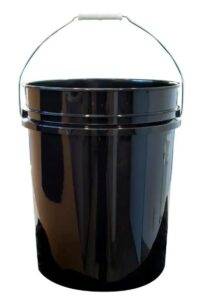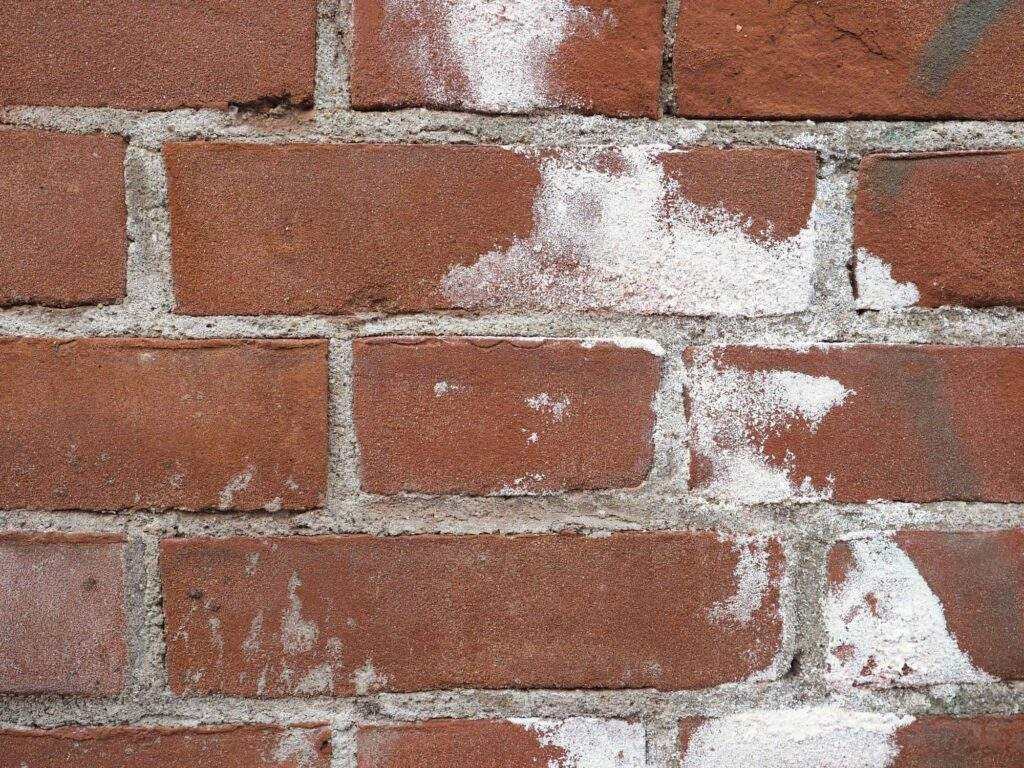How to Remove Efflorescence from Brick Surfaces ?
Efflorescence is a common issue that plagues many homeowners with brick surfaces. This unsightly white, powdery deposit on the surface of bricks not only detracts from the aesthetics of your property but can also lead to structural damage over time if left untreated. In this comprehensive guide, we will explore in great detail how to effectively remove efflorescence from brick surfaces, step by step.
Understanding Efflorescence
Efflorescence is a natural occurrence on masonry surfaces, such as brick, concrete, and stone. It is caused by the presence of soluble salts within the building materials or in the surrounding environment. When moisture from rain, dew, or even groundwater infiltrates these materials, it dissolves these salts. As the moisture evaporates, the salts are left behind on the surface, resulting in the characteristic white, powdery deposits.
Efflorescence is not just a cosmetic issue; it can also signal underlying problems with your masonry, such as poor drainage or excessive moisture infiltration. If left unaddressed, it can lead to long-term structural damage. Therefore, it’s essential to take action when efflorescence appears on your brick surfaces.
Safety First
Before you begin the process of removing efflorescence, it’s crucial to prioritize safety. Handling cleaning solutions and potentially hazardous materials is part of the process, so make sure you have the following safety gear on hand:
Gloves: Rubber or chemical-resistant gloves to protect your skin from cleaning solutions.
Safety Goggles: Protect your eyes from any splashes or fumes.
Protective Clothing: Wear long sleeves and pants to minimize skin exposure to cleaning agents.
Ventilation: Work in a well-ventilated area to reduce inhalation of fumes, especially if you are using muriatic acid.
Tools and Materials
To effectively remove efflorescence from your brick surfaces, gather the necessary tools and materials:
Bristle Brush or Stiff Nylon Brush: For initial removal of loose efflorescence.
Water: For rinsing and diluting cleaning solutions.
White Vinegar or Muriatic Acid: These are the main cleaning agents. White vinegar is milder, while muriatic acid is more potent. Always follow the manufacturer’s instructions for safety or 1/2 Cup Trisodium Phosphate .

Plastic Bucket: To mix and hold the cleaning solution.
Scrub Brush or Scrubbing Pad: For applying the cleaning solution to the bricks.
Rubber Gloves: Protect your hands when working with cleaning solutions.
Protective Eyewear: Safeguard your eyes from splashes.
Garden Hose with a Spray Nozzle: For rinsing the bricks.
Plastic Sheet or Drop Cloth: To protect the surrounding area from any spills or splashes.
Step-by-Step Guide to Removing Efflorescence
Now, let’s delve into the step-by-step process of removing efflorescence from brick surfaces:
Step 1: Preparing the Area
Before you begin, lay down a plastic sheet or drop cloth to protect the surrounding area from any splashes of the cleaning solution. It’s essential to prevent any unintended damage or staining of nearby surfaces.
Step 2: Brush Off Loose Efflorescence
Use a bristle brush or stiff nylon brush to gently remove as much loose efflorescence as possible. This initial step will make the cleaning process more effective by eliminating the loose, powdery deposits from the brick surface.
Step 3: Mix the Cleaning Solution
Next, prepare the cleaning solution. You have two main options:
White Vinegar Solution: Mix one part white vinegar with five parts water. This solution is milder and less caustic, making it a suitable choice for less severe cases of efflorescence.
Muriatic Acid Solution: Muriatic acid (hydrochloric acid) is a stronger option but requires extra caution. To create a safe dilution, typically use a 10:1 ratio, which means ten parts water to one part muriatic acid. Always add the acid to the water, not the other way around, to avoid splashes and fumes. Be extremely cautious when handling muriatic acid and follow the manufacturer’s instructions.
Step 4: Apply the Cleaning Solution
Using a scrub brush or scrubbing pad, apply the cleaning solution to the efflorescence on the brick surface. Work in small sections to ensure thorough coverage. While applying the solution, wear rubber gloves and protective eyewear to protect yourself from any potential splashes.
Step 5: Scrub the Brick
Gently scrub the affected areas with the cleaning solution. Avoid scrubbing too hard, as aggressive scrubbing may damage the brick’s surface. Focus on areas with the most significant efflorescence buildup, and work in a systematic manner, moving from one section to the next.
Step 6: Rinse Thoroughly
After scrubbing the bricks, it’s time to rinse them thoroughly. Use a garden hose with a spray nozzle to wash away the cleaning solution, efflorescence residue, and any remaining salts. Ensure that you remove all traces of the cleaning solution to prevent any further residue buildup. Pay extra attention to crevices and joints between the bricks, as efflorescence can accumulate in these areas.
Step 7: Repeat If Necessary
In some cases, especially if efflorescence has been present for a long time or is particularly stubborn, you may need to repeat the cleaning process. If the efflorescence persists, consider using a stronger solution or seeking professional help.
Preventing Future Efflorescence
Once you have successfully removed efflorescence from your brick surfaces, it’s essential to take steps to prevent its return. Here are some preventive measures to consider:
Improve Drainage:
Ensure that your property has proper drainage systems in place to divert water away from the brick surfaces. Poor drainage can lead to moisture infiltration and efflorescence.
Seal the Brick:
Consider applying a masonry sealer to the bricks. This will help prevent future efflorescence by minimizing the penetration of moisture and salts into the brick. Masonry sealers create a protective barrier on the surface of the brick, reducing the chance of efflorescence recurrence.
Monitor Moisture:
Keep an eye on moisture sources around your property, such as leaky pipes, damaged gutters, or areas where water tends to pool. Address these issues promptly to prevent excess moisture from affecting your brick surfaces.
Regular Cleaning:
Periodically clean your brick surfaces to prevent the buildup of dirt and contaminants, which can exacerbate efflorescence. A simple maintenance routine can go a long way in preserving the appearance of your bricks.
Conclusion
Efflorescence on brick surfaces is a common problem, but it can be effectively managed with the right approach. By following the detailed steps outlined in this guide and taking the necessary safety precautions, you can safely and efficiently remove efflorescence from your bricks, restoring their natural beauty. Remember that prevention is key to avoiding future efflorescence, so consider implementing preventive measures to protect your brick surfaces in the long term. With proper care and maintenance, your brick surfaces can remain attractive and structurally sound for years to come.


